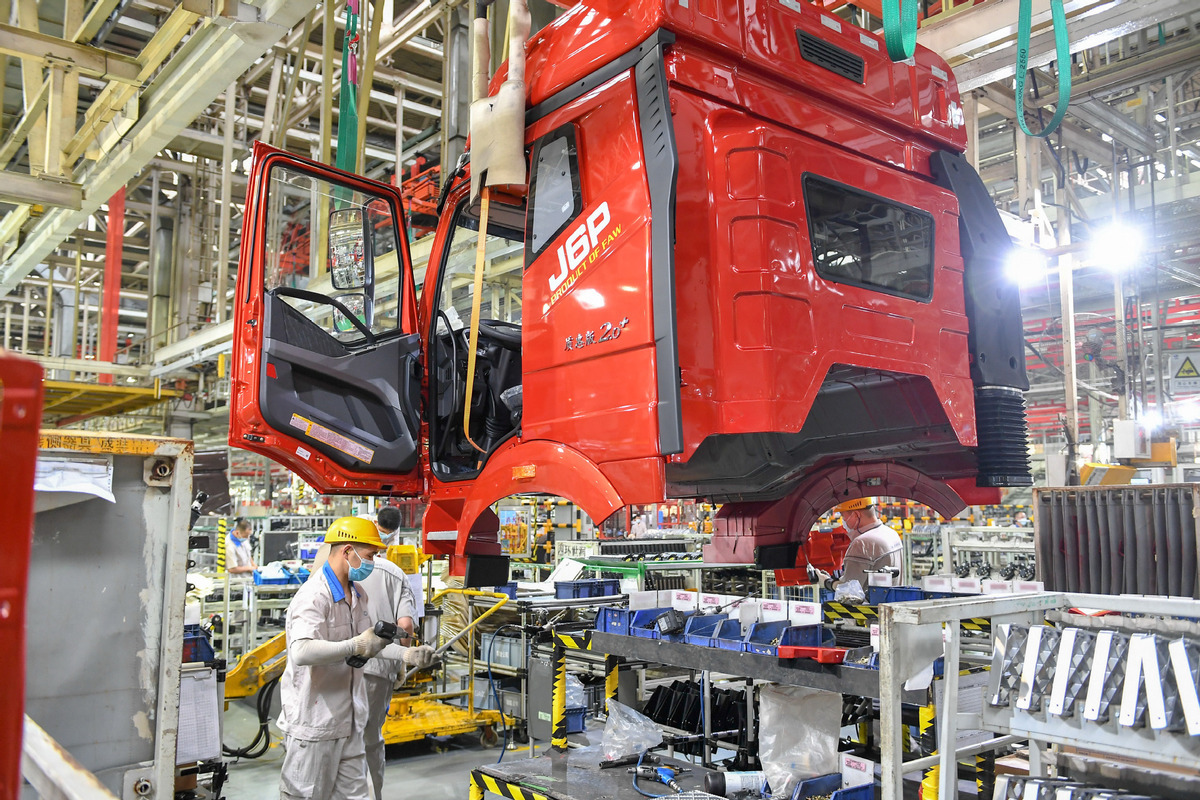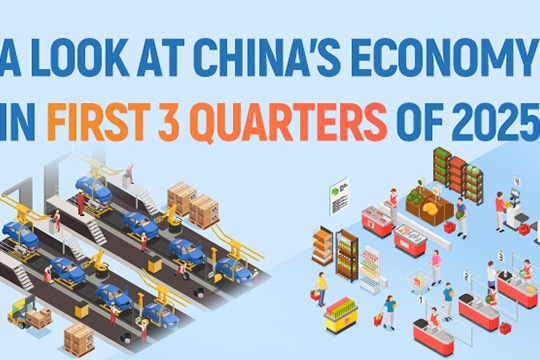Investment data spark growth hopes


Rises in fixed assets, manufacturing soften infrastructure deceleration
Recovery in China's fixed-asset investment will strengthen and help shore up the economy in the coming months, thanks to ramped-up policy supports and improved business vitality, officials and experts said on Thursday.
Their comments were in response to the 12.6 percent year-on-year growth in first-half fixed-asset investment, down from 25.6 percent year-on-year growth in the first quarter, as the effect of low comparison base due to the outbreak of COVID-19 faded.
Data released by the National Bureau of Statistics on Thursday showed that on a two-year average basis that excludes the base effect, the growth in fixed-asset investment has, however, accelerated to 4.4 percent in the first half, up from 2.9 percent in the first quarter.
Fixed-asset investment includes capital spent on infrastructure, property, machinery and other physical assets.
"Fixed-asset investment has recovered in a continuous and steady manner," said Liu Aihua, an NBS spokeswoman. "Favorable factors for a sustained recovery going forward have been on a steady rise."
According to Liu, strengthening market vitality underpinned by improvements in corporate profitability, and policy supports to stabilize investment such as a batch of major projects in the pipeline, will combine to boost investment growth.
The prospect of investment recovery has drawn a lot of attention as it is seen as a key driver of China's growth amid uncertainties in external demand and concerns among some experts that the recovery in consumption could remain sluggish as income growth is under pressure.
"Stabilizing investment will be a key pillar for stabilizing growth," said Zhao Xijun, a finance professor at the Renmin University of China in Beijing.
In the first half, the rapid growth both in the investment in, and output of, high-tech industries has played an important role in anchoring the economy, he said at a forum held by China News Service on Thursday.
Investment growth in high-tech industries rose by 14.6 percent on the two-year average basis, much higher than the 4.4 percent in the whole fixed-asset investment sector and up from 9.9 percent in the first quarter.
Investment in the manufacturing sector also rose 19.2 percent year-on-year in the first half and 2 percent on the two-year average basis, substantially up from a 0.6 percent growth in the first five months and a 2 percent contraction in the first quarter.
Lu Ting, chief China economist at Nomura Securities, said the momentum of manufacturing investment is expected to gather pace in coming quarters, thanks to continued policy supports for the sector, improving industrial profits, and the strength in medium- to long-term loans to the industrial sector over the past couple of months.
The January-June growth in infrastructure investment, however, has decelerated. Infrastructure investment expanded by 2.4 percent on the two-year average basis in the first half, compared with 2.6 percent for the January-May period, the NBS said.
Huang Yanming, director of the research institute of Shanghai-listed Guotai Junan Securities, said the lackluster expansion in infrastructure investment reflected that fiscal policy has saved bullets in the first half amid limited downward economic pressure.
"It is likely that fiscal policy will ramp up support for the economy in the second half with aids from other structural policies," Huang said.
Accordingly, the growth in infrastructure investment, much of which is funded by local government special bonds, is expected to speed up briskly in the last quarter of this year and next year, he said.
Meanwhile, China's investment in property development rose 8.2 percent in the first half on the two-year average basis, down from 8.6 percent in the first five months.
Wen Bin, chief researcher at China Minsheng Bank, said property development has started to cool down as government efforts to curb speculation paid off and is expected to further soften, going forward.
China's housing market remained stable last month as home prices in 70 major cities saw marginal increases, the NBS said.
New home prices in the first-, second-, and third-tier cities rose 0.7 percent, 0.5 percent and 0.3 percent month-on-month, respectively.




































